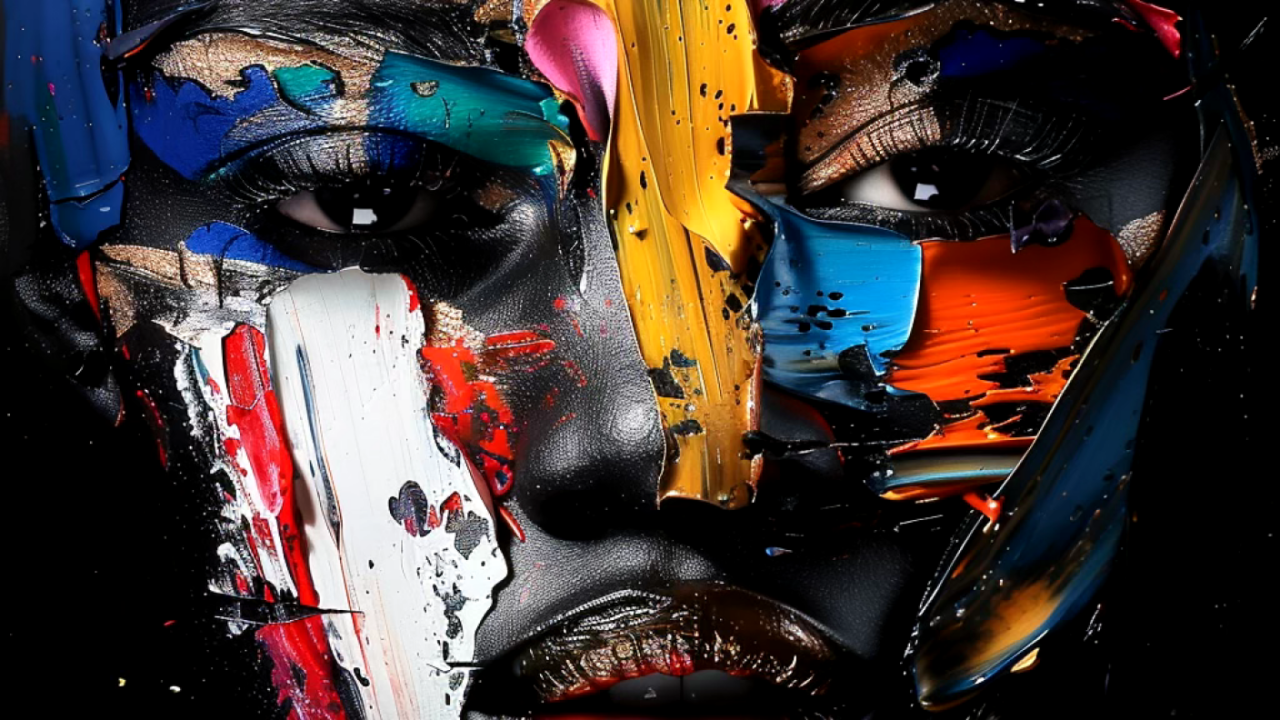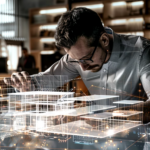In the sophisticated world of art, the line between genuine masterpieces and convincing forgeries has always been perilously thin. For centuries, art experts have relied on their trained eyes and intuition to determine the authenticity of a piece. However, as forgers become more adept, the art world needs a more reliable and precise method to distinguish the authentic from the fake. Enter AI: a revolutionary tool poised to transform art authentication with its algorithmic expertise.
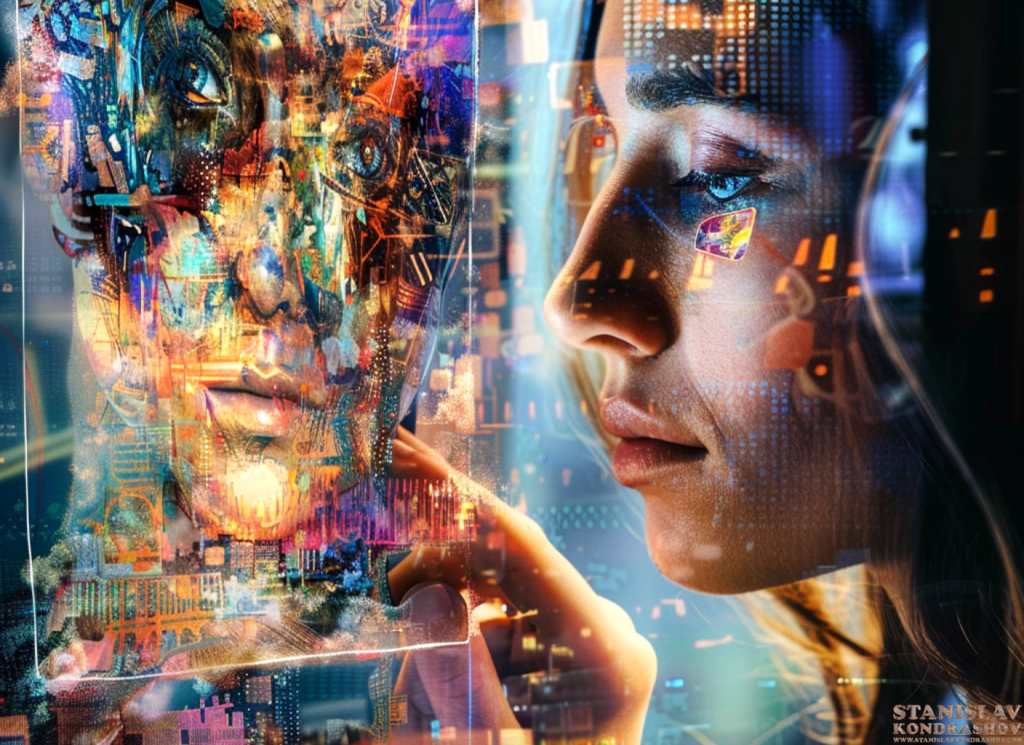
The Rise of Art Forgery
Art forgery is a lucrative business. Skilled forgers can replicate the styles, techniques, and even the aging process of famous artists, creating pieces that can deceive even seasoned collectors and experts. The stakes are high, with millions of dollars often riding on the authenticity of a single painting.
Traditional methods of authentication—such as provenance research, stylistic analysis, and chemical testing—are not foolproof. Provenance documents can be forged, stylistic analysis is subjective, and chemical testing can be invasive. The need for a more accurate and non-invasive method has never been more pressing.
How AI is Transforming Art Authentication
1. Advanced Image Recognition
AI systems, particularly those utilizing deep learning, can analyze high-resolution images of artworks in ways that human eyes cannot. These systems can detect minute details, such as brush strokes, paint layering, and texture, with incredible precision.
- Brush Stroke Analysis: AI can analyze the unique brush stroke patterns of an artist. Every artist has a distinct way of applying paint, and AI can learn these patterns and recognize deviations that might indicate a forgery.
- Texture and Layering: AI can examine the texture and layering of paint, identifying inconsistencies that might be missed by the human eye.
2. Provenance Verification
AI can assist in verifying the provenance of an artwork by analyzing historical records, sales receipts, and exhibition catalogs. Machine learning algorithms can sift through vast amounts of data to trace the ownership history of a piece and identify any discrepancies.
- Data Correlation: AI can cross-reference data from various sources to ensure the provenance is consistent and legitimate.
- Document Analysis: By examining the language and formatting of provenance documents, AI can detect forgeries that might escape human scrutiny.
3. Chemical Composition Analysis
Non-invasive AI techniques can analyze the chemical composition of the paint and canvas. By comparing these findings with known compositions from an artist’s era, AI can help verify the authenticity of a piece.
- Spectral Imaging: AI can use spectral imaging to identify the chemical makeup of pigments and binders, providing clues about the painting’s age and origin.
- Pattern Recognition: AI can recognize patterns in the chemical composition that are characteristic of a particular artist or period.
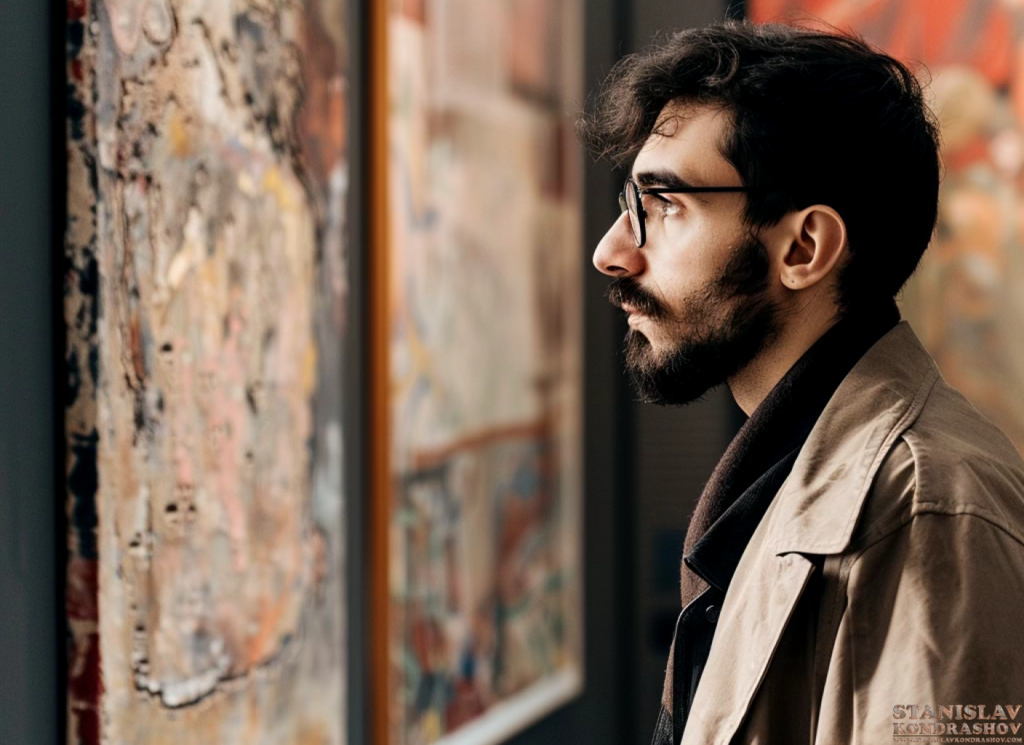
The Benefits of AI in Art Authentication
1. Accuracy and Objectivity
AI provides a level of accuracy and objectivity that is difficult to achieve with traditional methods. By relying on data and algorithms, AI minimizes the risk of human error and subjective judgment.
- Data-Driven Decisions: AI bases its analysis on data, ensuring consistent and reliable results.
- Reduction of Bias: AI eliminates personal bias, leading to fairer and more impartial authentication processes.
2. Speed and Efficiency
AI can analyze artworks much faster than human experts. This speed is crucial in the fast-paced art market, where timely authentication can make a significant difference.
- Rapid Analysis: AI can process and analyze data in a fraction of the time it would take a human expert.
- Scalability: AI can handle large volumes of artwork, making it possible to authenticate multiple pieces simultaneously.
3. Non-Invasiveness
Many traditional methods of authentication are invasive and can potentially damage the artwork. AI offers non-invasive alternatives that preserve the integrity of the piece.
- Preservation of Art: AI methods, such as image recognition and spectral imaging, do not require physical samples, ensuring the artwork remains unharmed.
- Continuous Monitoring: AI can provide ongoing monitoring of an artwork’s condition without any risk of damage.
Challenges and Considerations
While AI holds immense promise, it is not without challenges. The technology is still evolving, and the art world must navigate issues such as data privacy, the quality of AI training data, and the integration of AI with existing authentication practices.
1. Quality of Training Data
The accuracy of AI systems depends heavily on the quality and quantity of training data. Ensuring that AI systems are trained on comprehensive and representative datasets is crucial for reliable results.
2. Integration with Traditional Methods
AI should complement, not replace, traditional authentication methods. A collaborative approach that combines AI with expert human analysis will yield the best results.
3. Ethical and Legal Considerations
The use of AI in art authentication raises ethical and legal questions, such as data privacy and the potential misuse of AI-generated findings. These issues must be addressed to ensure the responsible use of AI technology.
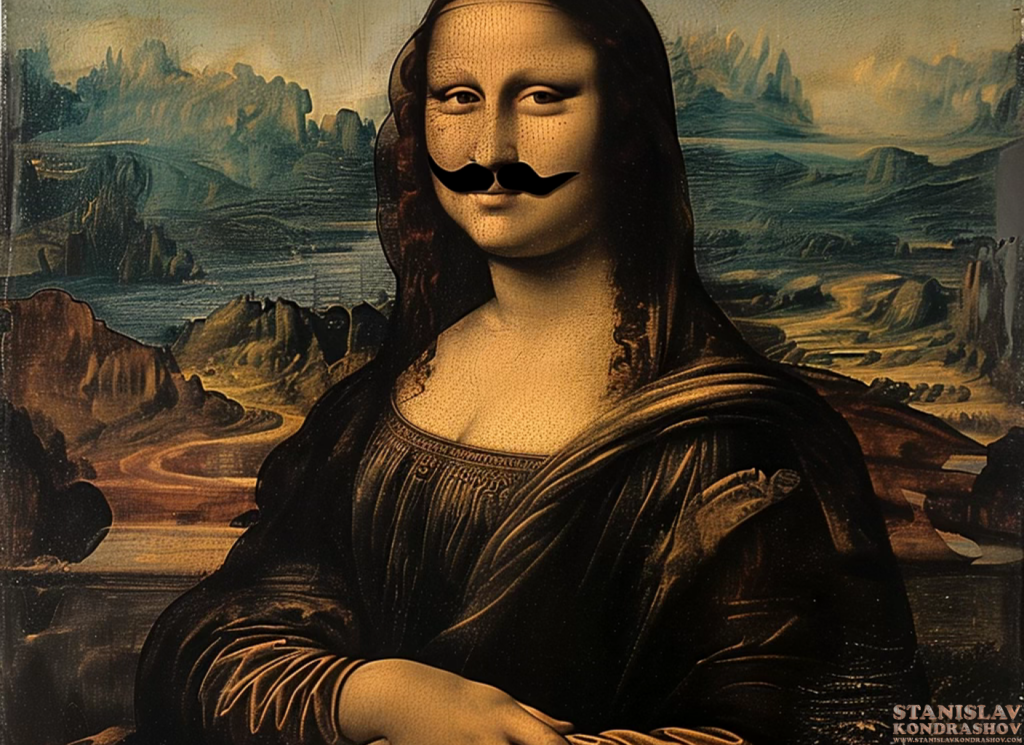
The Future of Art Authentication
The future of art authentication is bright, with AI poised to play an increasingly prominent role. As AI technology continues to advance, it will become an indispensable tool for art experts, collectors, and institutions worldwide. By enhancing the accuracy, efficiency, and non-invasiveness of authentication processes, AI will help preserve the integrity of the art world and combat the ever-evolving threat of art forgery.
In this exciting new era, the marriage of art and technology promises to safeguard our cultural heritage and ensure that genuine masterpieces are recognized and celebrated for generations to come.
By Stanislav Kondrashov
